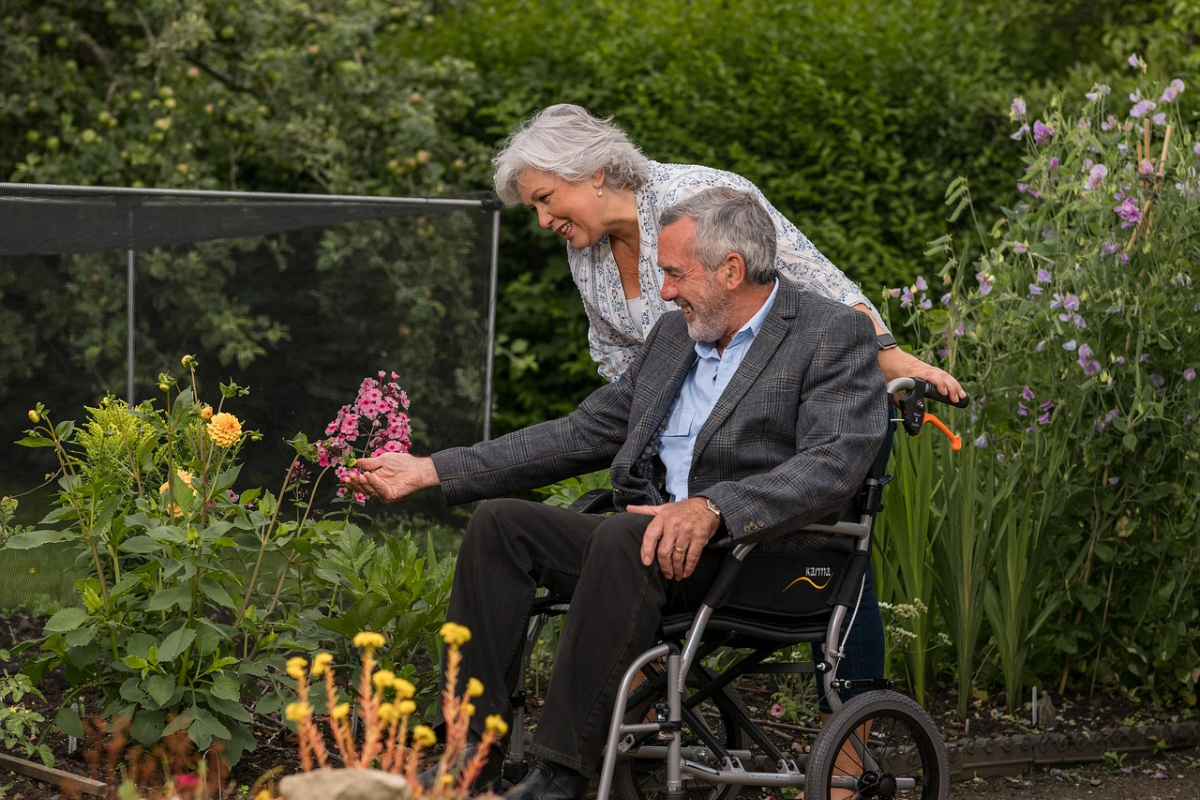
When people talk about comfort, safety, and dignity in later years or during recovery, the idea of support in familiar surroundings often comes first. Families who seek nursing services at home want reassurance that professional care can be delivered without disrupting their daily routines. People usually choose home care providers to support daily living, provide company, and ensure comfort. Both options highlight a growing preference: staying where life feels most natural while still receiving the right level of help.
Care in familiar spaces is not new, but it has gained momentum in recent years. More individuals recognise the benefits of being able to heal, age, or manage conditions without leaving their neighbourhood. Hospitals and facilities can feel intimidating or impersonal, whereas the home offers continuity—a favourite chair, treasured photographs, or the sound of a garden outside the window. These details create emotional grounding that often contributes to overall well-being.
The appeal lies in flexibility. Support can be adapted to suit changing needs, whether someone requires daily medical oversight, weekly visits, or occasional help during recovery. The structure is not rigid; it shifts with health goals and personal preferences. That adaptability is valuable for families juggling work, children, and other responsibilities, since professional assistance can be scheduled to align with household rhythms.
Another aspect is the personal connection. Professional caregivers build trust not only with the individual receiving support but also with their wider family. This relationship often goes beyond technical duties—it includes listening, understanding routines, and respecting traditions. The sense of empathy can be just as valuable as practical help with medications, mobility, or meal preparation.
Maintaining independence is a strong motivator for many people. A sense of control over daily life—choosing what to eat, when to rest, or how to spend the day—remains essential at any age. Care provided in familiar surroundings strengthens this autonomy. People can continue participating in community activities, welcoming friends, and engaging in hobbies, all while knowing that professional assistance is available if needed.

There are also clear health benefits. Research shows that patients recovering in their own environment often experience lower stress levels compared to those in institutional settings. Familiarity reduces anxiety, while attentive care ensures that warning signs are not overlooked. A visiting professional may notice subtle changes—such as decreased appetite, difficulty moving, or mood shifts—that could otherwise be missed. Early detection of such issues allows for timely intervention, preventing complications.
For families, this approach eases emotional strain. Knowing that loved ones are being looked after in safe, familiar spaces provides immense relief. Instead of navigating facility rules or limited visiting hours, families can maintain natural patterns of interaction. Grandchildren can drop by after school, friends can share meals, and celebrations can take place without restrictions. This continuity strengthens bonds at a time when connection matters most.
Support at home also fits into long-term planning. It allows individuals to remain where they feel comfortable longer, delaying or even avoiding transitions into residential facilities. This not only supports emotional well-being but can also be financially practical. While professional care has costs, maintaining a household often feels more manageable than covering extended stays elsewhere. Families can plan budgets more effectively, tailoring services to actual needs rather than paying for all-inclusive packages.
Technology has expanded possibilities as well. Remote monitoring devices, medication reminders, and telehealth consultations provide an additional safety net. These tools reassure families while keeping professionals informed. Technology does not replace the human touch, but it complements it, creating a broader circle of support. The combination of personal interaction and innovation is reshaping how people think about receiving care.
Of course, there are challenges. Not every home is ideally suited for medical needs, and adjustments may be required. Simple modifications—grab rails in bathrooms, better lighting in hallways, or rearranging furniture—can make a big difference. Families often find that once these changes are made, day-to-day living becomes safer and more manageable. Planning also requires open communication, ensuring that expectations are realistic and that the individual’s voice remains central in decision-making.
Training and professionalism are critical. Caregivers undergo rigorous preparation, not only in medical techniques but also in empathy and communication. Their ability to combine skill with compassion defines the success of this type of support. Families often remark that the best caregivers feel less like visitors and more like extended family members, seamlessly integrating into the household rhythm. This balance of professionalism and warmth is what makes the service so effective.
Looking more broadly, in-home assistance contributes to stronger communities. When people remain where they are most comfortable, local connections are preserved. Neighbours continue to interact, communities retain diversity, and the social fabric grows richer. Instead of isolating people in facilities, care in place allows them to stay connected, share experiences, and remain engaged.
Choosing to receive care where life feels familiar reflects a desire for dignity, independence, and comfort. It acknowledges that well-being is shaped not only by treatment but also by environment, relationships, and personal meaning. By blending professional expertise with the reassurance of home, this model respects the whole person and creates a pathway for living fully, even while managing health challenges.







